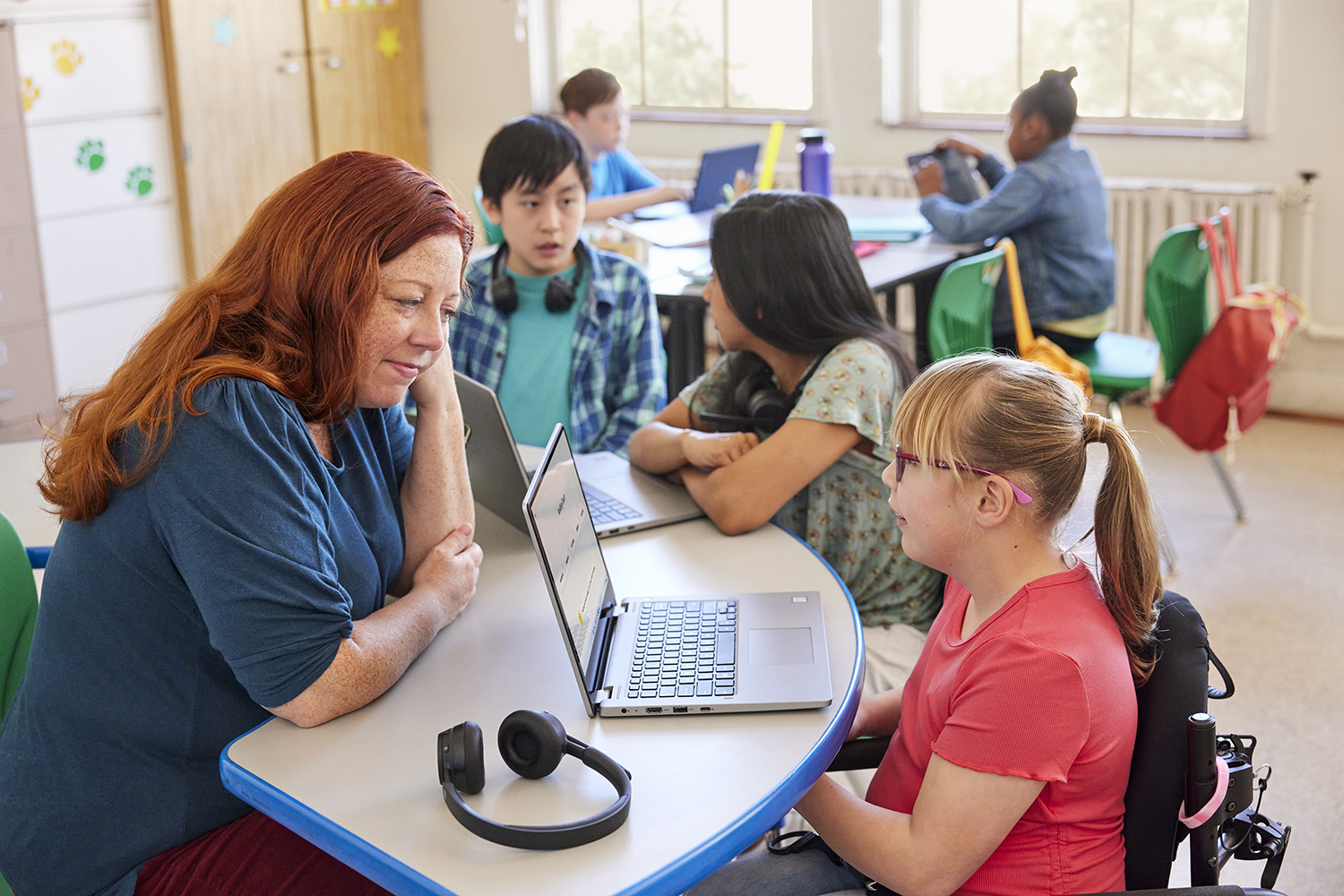For weeks now, students and teachers have been settling into the uncharted routine of distance learning. Today I want to thank all of the educators who are connecting classrooms and classmates together in the sudden shift to remote learning. This change requires everyone working together and is unlike anything we’ve seen in the modern history of education. We’ve seen countries, school districts and universities move rapidly into remote learning environments with Microsoft Teams being used in 175 countries by 183,000 institutions. [1]
For example, entire countries like the United Arab Emirates have engaged in distance learning, and today more than 350,000 students log in to Microsoft Teams each day to engage in lessons. In Hong Kong, teachers are using a variety of methods to ensure learning never stops, including live lessons, Bingo vocabulary games in OneNote and posting homework assignments within Teams.
In India, teachers are getting creative with document sharing and virtual whiteboards in Teams to keep students engaged. As Rashima V Varma, the head of The Ardee School in New Friends Colony in New Delhi explained: “When you are teaching in a classroom, you can look at your students and get a sense of whether they are engaged or not. In online classes, teachers cannot control the environment—students can log off from the class. Teachers needed to completely reimagine their classes. They have to build in a lot of interactive elements to ensure that the students are engaged in the teaching learning process.”
Institutions like the University of Bologna, a 932-year-old university in Italy that just moved all of its 80,000 students to a remote learning environment on Teams, are undergoing massive transformations in incredibly short time spans.
And then, there are great stories of change and adaptability happening here in the U.S. Schools and districts like the New York City Department of Education (1.1M students) to O’Dea High School right here in Seattle, are using tools like Teams to drive student engagement and connection.
We are relying on technology to support and enable inclusive learning more than ever, and students, parents and teachers want confidence that their interactions are private and secure. Last week, my colleague Jared Spataro summarized our approach to privacy and security in Microsoft Teams. Whether through privacy and security controls, protecting identity and data, and ensuring we meet regulatory and industry standards, our first and foremost priority is helping educators maintain a safe and inclusive classroom. Because in the end, this technology is all about supporting people.
It is important to realize what is happening at the human level—and the perseverance and creativity we are seeing as teachers, students and caregivers tackle new situations unlike anything they’ve ever seen.
In Japan, an elementary school graduation happened entirely in Minecraft, where each student and each teacher attended as avatars. Within Flipgrid, we are seeing teachers and students use short videos to connect across all subjects from science, to talent shows, to taking the Hippocratic oath. These touchpoints go beyond learning and return to our basic need for human connection and the fundamental relationship of teacher and student.
Moving to distance learning is more than going online, and maintaining human connections is more important than ever. One day, when we look back on these difficult times, our greatest achievement will have been in how we supported each other. We are so grateful to the talented educators who are working so hard to ensure that their students can thrive. Thank you to all of you. We are looking forward to continuing on this journey together. For more information on remote learning and resources please visit: https://www.microsoft.com/en-us/education/remote-learning
[1] Institutions can include individual schools, universities, districts, states/regions and countries.










